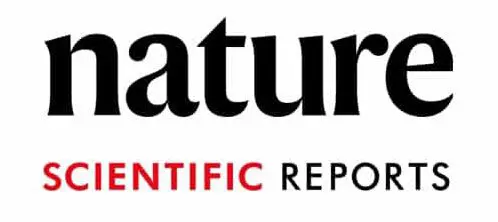Timeframe: 2012 – 2013
Goal: Support series of projects exploring the role of antibody involvement in FLC tumors
Principal Investigator: Sandy Simon, PhD

Study overview: This effort continued the encouraging early work begun on mice to see if researchers could take advantage of the immune system to identify potential ways to detect and eventually treat fibrolamellar. In particular, the team focused on identifying whether accumulation of antibodies within malignant tissue could provide a way to identify and track tumor cells as they grow and spread.
Specific activities included:
- Analyzing cancer tumors in mice, using slices of tissue. The goal of this effort was to characterize the accumulation of antibodies within tumors using tissue slices resected from a small animal models of different types of cancer.
- Analyzing tumors in mice, using whole animal imaging. Since a long-term goal is to use the antibody technology to detect and treat tumors in humans, this effort was focused on developing approaches that allow antibody observations to occur in living animals.
- Developing various nanoprobes to improve the whole animal imaging. These nanoprobes are molecules used to detect and visualize specific biological processes in living organisms. They are usually labeled with a radioactive or fluorescent tag, which allows them to be detected by imaging techniques such as positron emission tomography (PET) or fluorescence microscopy.
- Applying the findings from the mouse tumor work to human cancers, in particular FLC.
Results: The study analyzed the accumulation of a mouse’s antibodies (specifically an antibody known as IgG, or immunoglobin G) in their tumors. The models analyzed included several mouse models for liver cancer (HCC), two models for prostate cancer, two models for breast cancer and a model of skin cancer. Both transgenic models (generated by altering the genome of the mouse) and xenograft models (using tumors transplanted from one animal to another) were used.
The study clearly demonstrated that there is a very significant concentration of a patient’s (or
animal’s) antibodies across tumor types. Similar to the results in mice tumors, the study showed increased levels of a human patient’s IgG in fibrolamellar carcinoma tumors relative to the levels in the adjacent normal tissue.

Results of the antibody accumulation analysis were published in May 2014 in Nature’s Scientific Reports. The full text of the published article – “Endogenous Antibodies for Tumor Detection” – can be accessed here.
In whole animal imaging, the team examined both PET and fluorescence imaging approaches. While each alternative had different strengths and weaknesses, much work remains to identify an imaging approach that gives the maximum sensitivity, the fewest false positives and the fewest false negatives. Additional analyses, equipment improvements and probe modification efforts were identified for future investigation.
Implications: The study demonstrated that the enrichment of antibodies within malignant tissue, including FLC tissue, provides a potential means of identifying and tracking cancer cells as they mutate and diversify. Exploiting these antibodies for diagnostic and therapeutic purposes is therefore possible by using agents that bind to those antibodies.
